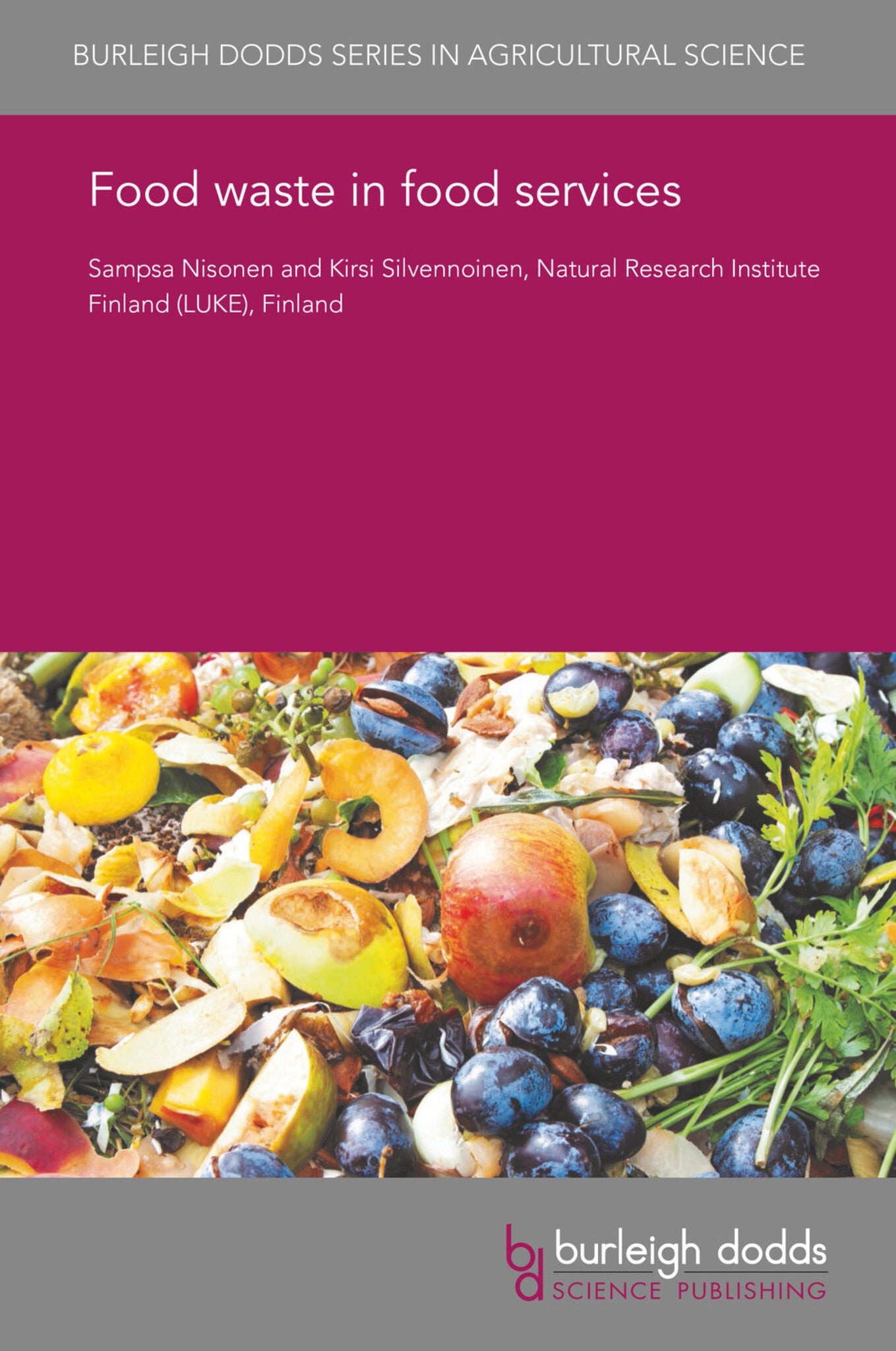We're sorry. An error has occurred
Please cancel or retry.
Food waste in food services
Regular price
£25.00
Sale price
£25.00
Regular price
£25.00
Unit price
/
per
Sale
Sold out
Re-stocking soon
Food services generate significant amounts of food waste, which is originally edible and already prepared for eating, causing unnecessary impacts on the environment and the economy. Food waste stud...
Read More

Some error occured while loading the Quick View. Please close the Quick View and try reloading the page.
Couldn't load pickup availability
- Format:
-
23 March 2020

Food services generate significant amounts of food waste, which is originally edible and already prepared for eating, causing unnecessary impacts on the environment and the economy. Food waste studies have been conducted with varying methods and there are also large differences between food service subsectors and outlets. These challenges also make the data on food waste in the food service sector highly variable. We present a summary of three case studies from Finland with similar measurement methodologies. In these buffet type restaurants, we found serving waste to be the most significant source of food waste before kitchen waste and customer leftovers. For comparison and context, we also summarize the results of two additional cases from non-western countries. Measurement studies reveal food waste sources, which helps to plan interventions to reduce food waste. In the future, development of common indicators and easy to use weighing methods are necessary to improve both the quality and quantity of measurements.

Price: £25.00
Publisher: Burleigh Dodds Science Publishing
Imprint: Burleigh Dodds Science Publishing
Series: Burleigh Dodds Series in Agricultural Science
Publication Date:
23 March 2020
ISBN: 9781786766830
Format: eBook
BISACs:
TECHNOLOGY & ENGINEERING / Agriculture / Sustainable Agriculture, Organic farming, TECHNOLOGY & ENGINEERING / Agriculture / Organic, TECHNOLOGY & ENGINEERING / Agriculture / Agronomy / Crop Science, TECHNOLOGY & ENGINEERING / Food Science / Food Safety & Security, Sustainable agriculture, Agronomy and crop production, Food security and supply

1 Introduction 2 Case studies 3 Conclusion 4 Future trends 5 Where to look for further information 6 References



